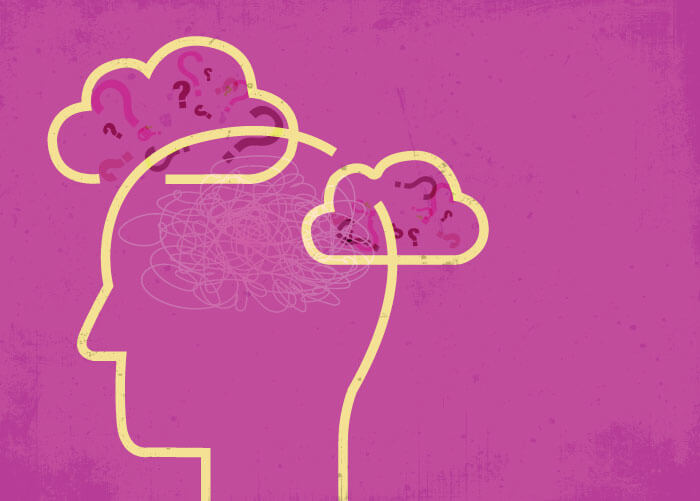
What’s the correlation between anxiety and pain? That’s the question researchers at Rambam Health Care Campus, Haifa, Israel, set out to answer in a recent prospective, observational study. 103 patients were asked to score their anxiety before cataract surgery on a scale of 1 to 10, and then their pain – again, on a scale of 1 to 10 – immediately after. Severe anxiety and severe pain – both defined as higher than 7 – were found in 17 and 16 percent of the patients, respectively. Though 65 percent of the patients experienced an expected level of pain, 20 percent experienced more than expected. Here’s the kicker: patients with severe anxiety were 12.4 times more likely to experience severe pain after cataract surgery than those without.
What’s particularly interesting is that the team found no correlation between anxiety and other variants, such as the patient’s gender, the use of anxiolytics, if there were preoperative complications, or whether or not the patient had prior cataract surgery. “Indeed, the only factor that remained significantly associated with pain during cataract surgery was preoperative anxiety,” explains researcher, Michael Mimouni. “Our field is unique in that most of our procedures are performed under topical therapy and, as such, we can evaluate a relationship between preoperative anxiety and pain during surgery,” he says. “From a physiological standpoint, there seems to be a clear relationship between anxiety and pain via the amygdala, whereby pain may induce anxiety, and anxiety may induce pain, leading to a vicious circle (1).” In other words, if you want to reduce pain and improve outcomes, you have to reduce anxiety – but is that easier said than done? Not necessarily.
“Previous studies have shown the benefits of playing relaxing music and instructional videos in the waiting room, as well as holding the patient’s hand,” says Mimouni, who has recently published a similar study, which showed that holding a patient’s hand during intravitreal injections could lead to a significant reduction in both anxiety and pain. “This is something we definitely do for anxious patients undergoing a local ocular procedure, especially during the first couple of minutes, which are the most critical when it comes to calming the patient down and establishing an ambience of trust.”
References
- J Guangchen et al., “Pain-related anxiety-like behavior requires CRF1 receptors in the amygdala”, Mol Pain, 3, 13 (2007). PMID: 17550594.
